Tips to Create DIY Canvas Art for Home Decor
This article provides creative ideas and practical tips for making your own canvas art, enhancing your home decor with personalized touches that reflect your style and personality. If you’re looking to transform your living space into a vibrant expression of who you are, then DIY canvas art is an exciting avenue to explore. Imagine walking into a room and being greeted by your own unique creations that not only beautify the space but also tell a story about you. Whether you’re a seasoned artist or just starting out, there’s something incredibly satisfying about creating art that resonates with your heart and enhances your home.
Selecting the ideal canvas size and type is crucial for your DIY project. You want to ensure that your canvas complements your artistic vision and fits perfectly within your space. Think about the area where you plan to hang your artwork. Is it a large wall that needs a statement piece, or a cozy nook that could benefit from something smaller? Here are some options to consider:
- Stretched Canvas: This is the most common choice, often pre-stretched over a wooden frame, ready for painting.
- Canvas Panels: These are lightweight and great for experimenting, as they are less expensive and can be framed later.
- Canvas Rolls: Perfect for those who want to create a larger piece or multiple pieces, allowing for flexibility in size.
When deciding on size, remember that larger canvases can make bold statements, while smaller ones can create a charming gallery wall when grouped together. Always visualize how the piece will look in your space before making a final decision.
Gathering the right materials is key to a successful DIY canvas art project. You don’t need to break the bank to create stunning pieces; however, having the essentials can make a world of difference. Here’s a rundown of supplies you should consider:
| Supply | Description |
|---|---|
| Paints | Acrylic, oil, and watercolor paints are popular choices, each offering unique textures and finishes. |
| Brushes | Variety of shapes and sizes to create different effects. |
| Palette | For mixing your paints and creating custom colors. |
| Canvas | Your blank canvas, ready for your artistic vision. |
| Varnish | To protect your finished artwork and enhance its colors. |
Having these supplies on hand will set you up for success and allow your creativity to flow freely!
Different paint types can dramatically affect the outcome of your artwork. Understanding their characteristics will help you choose the right one for your project. For instance, acrylic paints are versatile and dry quickly, making them ideal for beginners. They can be easily mixed and layered, allowing for vibrant colors and textures. On the other hand, oil paints offer rich colors and a longer drying time, which is perfect for blending and creating depth. Lastly, watercolor paints are great for soft, translucent effects, but they require a different approach and technique.
Understanding brush types and techniques can elevate your artwork. Different brushes can create various effects, so experimenting with shapes and sizes can be incredibly rewarding. For example, a flat brush is excellent for broad strokes and filling in large areas, while a round brush is perfect for detail work and fine lines. Mastering different painting techniques, such as stippling, washing, and dry brushing, can add layers of interest to your canvas art.
Incorporating texture can add depth to your canvas art. Tools like palette knives can create bold, expressive strokes, while sponges can be used for soft blending and unique patterns. Don’t shy away from experimenting with unconventional tools; sometimes, the best textures come from unexpected sources!
A grasp of color theory can significantly improve your art. Understanding how colors interact can help you create harmonious compositions. For instance, complementary colors (like blue and orange) can create vibrant contrasts, while analogous colors (like blue, blue-green, and green) provide a more serene feel. Learning to mix colors will also allow you to achieve the specific shades you envision for your canvas art.
Experimenting with various techniques can lead to stunning results. Techniques such as stenciling, pouring, and layering can add unique flair to your artwork. Stenciling allows for precision and can create intricate designs, while pouring techniques can yield mesmerizing abstract pieces. Layering different colors and textures can also create a sense of depth and intrigue in your artwork.
Adding personal elements can make your artwork truly unique. Consider incorporating photos, quotes, or other meaningful items into your canvas art. This could be as simple as using a favorite quote as the centerpiece or integrating family photos for a sentimental touch. The goal is to make your art a reflection of your personality and experiences.
The final touches can enhance the overall presentation of your artwork. Applying a coat of varnish not only protects your painting but also enhances the colors, making them pop. When it comes to framing, consider options that complement your artwork and the decor of your home. A well-chosen frame can elevate your piece from simple DIY to a stunning focal point in your room.
Q1: Do I need to be an artist to create DIY canvas art?
A1: Not at all! DIY canvas art is about expressing yourself and having fun. Anyone can create beautiful pieces with a bit of creativity and practice.
Q2: How do I choose the right colors for my artwork?
A2: Consider the mood you want to convey. Use color theory to guide you, and don’t be afraid to experiment until you find a palette that resonates with you.
Q3: Can I sell my DIY canvas art?
A3: Absolutely! If you create pieces that you love, there’s a good chance others will too. Just make sure to promote your work through social media or local art fairs.
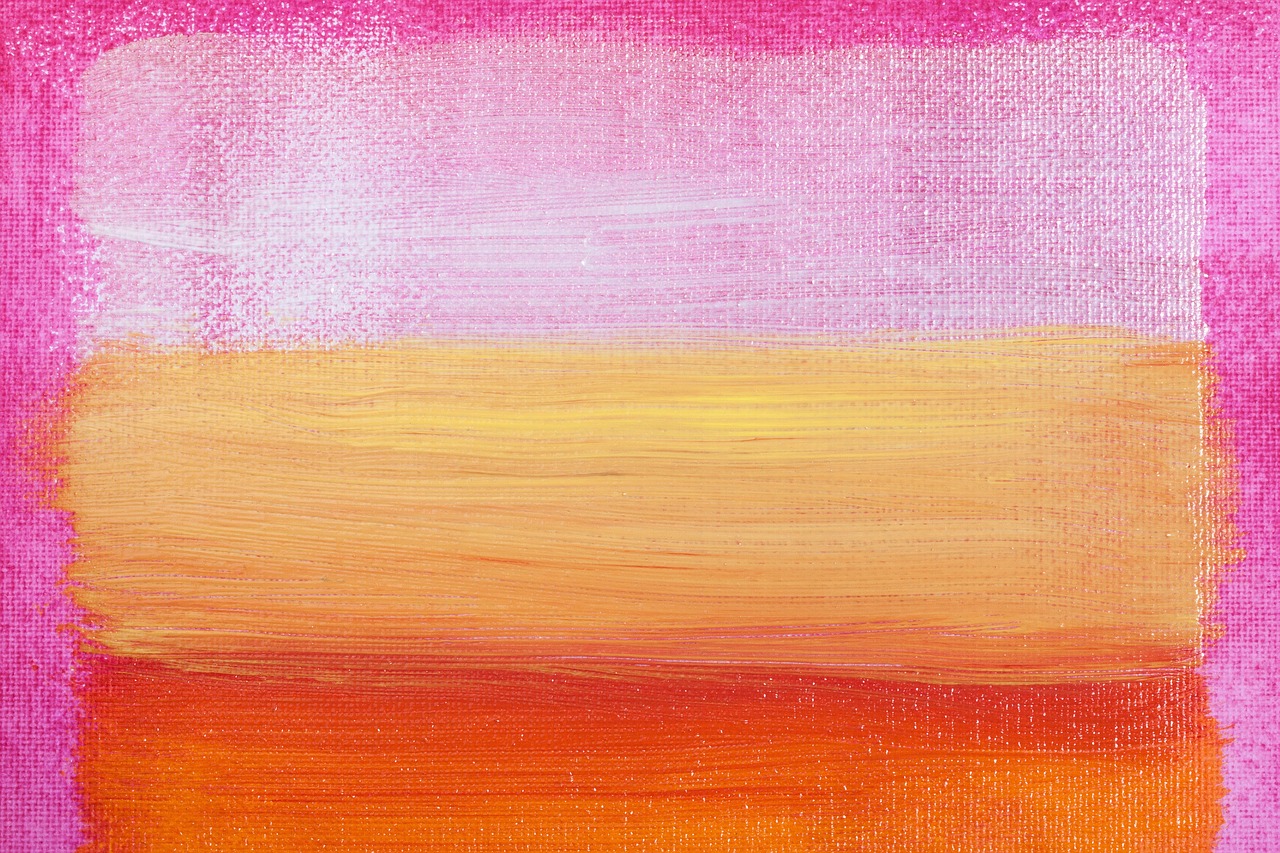
Choosing the Right Canvas
When it comes to creating stunning DIY canvas art, is a vital first step that can make or break your artistic vision. Think of your canvas as the blank stage where your creativity will take center stage. The size and type of canvas you select will not only influence the overall look of your artwork but also how you approach the painting process. So, let’s dive into the different options available and how to choose the one that suits your style!
First off, canvas comes in various sizes, and this is where you can really let your imagination run wild. Do you have a small nook that needs a pop of color, or a large wall that’s begging for a statement piece? Here are some common sizes to consider:
| Canvas Size | Best For |
|---|---|
| 8"x10" | Small spaces, shelves, or desktops |
| 16"x20" | Medium-sized walls, gallery walls |
| 24"x36" | Large walls, statement pieces |
| Custom Sizes | Specific design needs, unique spaces |
Next, let’s talk about the types of canvas available. Generally, you’ll find two main types: stretched canvas and canvas boards. Stretched canvas is typically wrapped around a wooden frame, making it easy to hang and giving it a professional look. On the other hand, canvas boards are flat and more rigid, making them easier to transport and store. Depending on your project, one might be more suitable than the other. For instance, if you’re planning to create a large piece that you want to display prominently, stretched canvas could be the way to go. However, if you’re just experimenting or want to create smaller pieces, canvas boards might be more practical.
Another factor to consider is the texture of the canvas. Some canvases have a smooth finish, while others are more textured, which can affect how your paint adheres and how your final piece looks. If you’re using heavy-bodied paints or techniques that require a lot of texture, a more textured canvas might enhance the overall effect. Conversely, if you’re going for a smooth, sleek look, a fine-textured canvas could be your best bet.
Lastly, don’t forget about the color of the canvas. While most canvases come in a natural white or cream color, there are also options available in black or colored canvases. Using a colored canvas can add an unexpected twist to your artwork and can even change the way colors appear on the surface. It’s a fun way to experiment and see how different backgrounds can influence your painting!
In summary, choosing the right canvas is about understanding your artistic needs and the space where your artwork will live. Whether you opt for a large stretched canvas or a small canvas board, the key is to ensure it resonates with your personal style and the message you want to convey through your art. So, take your time, explore your options, and let your creativity lead the way!
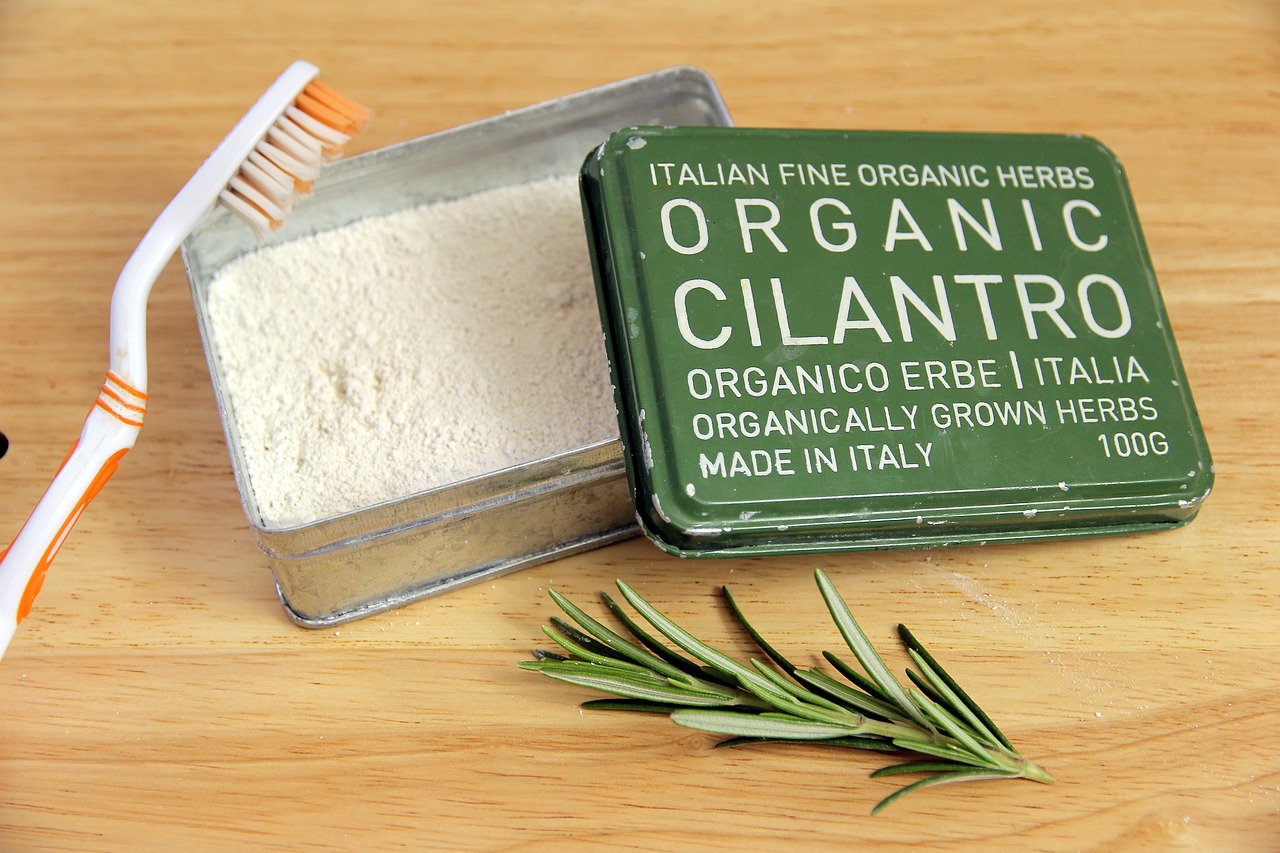
Essential Supplies You’ll Need
When diving into the world of DIY canvas art, gathering the right supplies is akin to a chef assembling the perfect ingredients for a gourmet dish. Without the proper tools and materials, your artistic vision may falter before it even begins. So, let’s break down the essential supplies you’ll need to kickstart your creative journey!
First and foremost, you’ll need a canvas. Canvases come in various sizes and textures, and choosing the right one can set the stage for your masterpiece. Whether you opt for a pre-stretched canvas or a canvas board, ensure it resonates with your artistic style. If you're feeling adventurous, you might even consider making your own canvas from scratch using canvas fabric and a wooden frame.
Next on the list is paint. The type of paint you choose can dramatically influence the final outcome of your artwork. Here’s a quick overview of popular paint types:
| Paint Type | Characteristics | Best For |
|---|---|---|
| Acrylic | Fast-drying, versatile, and water-soluble | Bold colors and mixed media |
| Oil | Rich colors, slow drying, and requires solvents | Detailed work and blending |
| Watercolor | Transparent, fluid, and best on paper | Soft effects and washes |
In addition to paint, you’ll need a variety of brushes. Brushes come in different shapes and sizes, each serving a unique purpose. For instance, flat brushes are great for broad strokes, while round brushes are perfect for detail work. Investing in a quality set will allow you to explore various techniques and styles. Remember, the right brush can be the difference between a simple stroke and a stunning effect!
But wait, there’s more! To truly elevate your canvas art, consider incorporating additional tools for texture. Tools like palette knives, sponges, and even old credit cards can help you create intriguing textures that add depth and interest to your pieces. Imagine the surprise on your guests' faces when they see the unique textures you've incorporated into your artwork!
Lastly, don’t forget about color theory. While not a physical supply, understanding the basics of color mixing and harmony can significantly enhance your artistic endeavors. Knowing how to combine colors effectively will not only make your artwork more visually appealing but also help convey the emotions you want to express. So, grab a color wheel and familiarize yourself with complementary, analogous, and triadic color schemes.
In summary, the essential supplies for your DIY canvas art journey include:
- Canvases (pre-stretched or DIY)
- Paint (acrylic, oil, or watercolor)
- A variety of brushes
- Tools for texture (palette knives, sponges)
- Knowledge of color theory
With these supplies in hand, you’re ready to unleash your creativity and transform your blank canvas into a stunning work of art that reflects your unique style and personality. So, gather your materials, roll up your sleeves, and let the magic of DIY canvas art begin!

Paint Types and Their Uses
When it comes to creating stunning DIY canvas art, the type of paint you choose can make all the difference. Each paint type has its own unique characteristics and can dramatically alter the look and feel of your artwork. Let’s dive into the three most popular types of paint: Acrylic, Oil, and Watercolor.
Acrylic paint is a favorite among many DIY enthusiasts due to its versatility and quick drying time. It’s water-based, which means it’s easy to clean up with soap and water, making it a great option for beginners. Acrylics can be used on various surfaces, including canvas, wood, and even fabric. They offer vibrant colors and can be mixed easily to create custom shades. Plus, you can layer them for added depth and texture. However, be mindful that they dry quickly, so you’ll need to work efficiently to blend colors before they set.
Oil paint, on the other hand, has a rich, buttery texture that allows for smooth blending and layering. Artists love oil paints for their ability to produce deep, luminous colors that can last for decades without fading. They dry much slower than acrylics, which gives you more time to work on your piece and make adjustments. However, the cleanup process can be a bit messier since oil paints require solvents like turpentine or mineral spirits. If you’re aiming for a classic, timeless look in your canvas art, oil paints are an excellent choice.
Finally, we have watercolor paints. These are typically used on paper, but with the right techniques, you can use them on canvas as well. Watercolors are known for their transparency and the ability to create soft, flowing effects. They require a different approach compared to acrylics and oils, as they rely on the interplay of water and pigment. If you’re looking to create ethereal landscapes or delicate floral designs, watercolors can provide a stunning finish. Just keep in mind that they can be less forgiving than other paint types, so practice is key.
To help you decide which type of paint is best suited for your canvas art, here’s a quick comparison:
| Paint Type | Drying Time | Cleanup | Best For |
|---|---|---|---|
| Acrylic | Fast | Soap and water | Vibrant, layered artwork |
| Oil | Slow | Solvents required | Rich, classic pieces |
| Watercolor | Varies | Soap and water | Soft, transparent designs |
In conclusion, the choice of paint can significantly impact your DIY canvas art experience. Whether you opt for the quick-drying acrylics, the luxurious oils, or the delicate watercolors, each type brings its own charm and challenges. So, which one will you choose for your next masterpiece? Remember, experimenting with different paints can also lead to unexpected and delightful results!
- Can I mix different types of paint? Mixing paint types is generally not recommended, as each type has a different base and drying time, which can lead to unpredictable results.
- What is the best paint for beginners? Acrylic paint is often recommended for beginners due to its ease of use, quick drying time, and versatility.
- How do I clean my brushes after using oil paint? Use a solvent like turpentine or mineral spirits to clean your brushes thoroughly, followed by soap and water to remove any residue.

Brushes and Their Techniques
When it comes to creating stunning canvas art, the type of brush you use can make a world of difference. Brushes are not just tools; they are extensions of your creativity, allowing you to express your artistic vision in unique ways. Whether you're a seasoned artist or a newbie, understanding the different types of brushes and their techniques can elevate your artwork to new heights.
First off, let’s talk about the various brush types. Each brush has its own purpose and effect. Here are some common types you might want to consider:
- Flat Brushes: These are great for bold strokes and filling in large areas. They can create sharp edges and are perfect for geometric designs.
- Round Brushes: Ideal for detailed work, round brushes can create fine lines and intricate designs. They are versatile and can be used for both detailing and filling.
- Filbert Brushes: A hybrid between flat and round, filbert brushes are excellent for blending and creating soft edges.
- Fan Brushes: Perfect for creating textures like grass or fur, fan brushes can add a unique flair to your artwork.
Now, knowing the types of brushes is one thing, but mastering the techniques is where the magic happens. Here are some techniques you can try:
- Dry Brushing: This technique involves using a dry brush with minimal paint to create a textured effect. It’s fantastic for adding depth to your artwork.
- Washing: A wash is a technique that involves diluting your paint with water to create a translucent layer. This is perfect for backgrounds or softening harsh lines.
- Stippling: This technique uses a series of dots to build up color and texture. It can create beautiful effects, especially in landscape paintings.
But wait, there’s more! Don’t forget about the importance of brush care. Keeping your brushes clean and well-maintained will not only prolong their life but also ensure that your artwork remains consistent in quality. After each painting session, rinse your brushes thoroughly with water (or solvent for oil paints) and reshape the bristles to their original form. This simple step can make a huge difference in your painting experience.
As you embark on your DIY canvas art journey, remember that experimentation is key. Don’t be afraid to try different brushes and techniques. Just like a chef uses various utensils to create a masterpiece, you too can use different brushes to bring your canvas to life. So grab your brushes, unleash your creativity, and let the colors flow!
Q: How do I choose the right brush for my painting?
A: It depends on the effect you want to achieve. Flat brushes are great for bold strokes, while round brushes are perfect for details. Consider the size and shape of your canvas as well.
Q: Can I use the same brush for different types of paint?
A: While you can use the same brush, it's best to use different brushes for acrylic, oil, and watercolor paints to avoid contamination and maintain the quality of your artwork.
Q: How do I clean my brushes properly?
A: Rinse your brushes in water or solvent right after use, then use soap to clean them thoroughly. Reshape the bristles and lay them flat to dry to keep them in good condition.
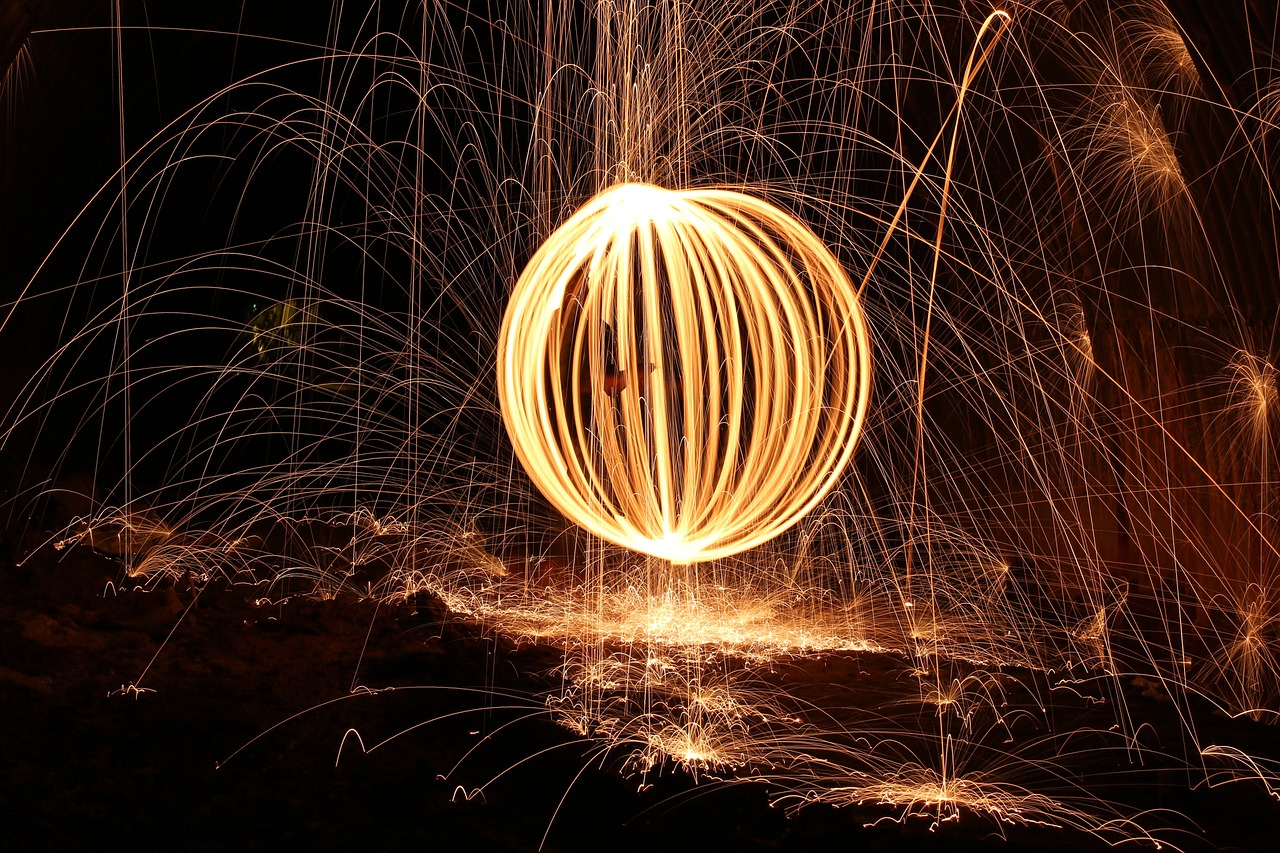
Additional Tools for Texture
When it comes to creating captivating canvas art, texture is your secret weapon. It adds a three-dimensional quality to your artwork that can truly bring it to life. While brushes and paints are essential, incorporating additional tools can elevate your creations to a whole new level. Think of these tools as the spices in your artistic kitchen; they can transform a simple dish into a gourmet experience.
One of the most versatile tools you can use is the palette knife. Unlike traditional brushes, palette knives allow you to apply paint in a way that creates sharp edges and thick layers. This technique, known as impasto, can give your painting a dramatic, textured appearance. Imagine the feeling of a rugged mountain range or the smooth waves of the ocean—palette knives can help replicate those sensations on canvas.
Another fantastic tool for adding texture is a sponge. Sponges can create beautiful, soft textures that mimic natural patterns. They are perfect for blending colors or creating a stippled effect. To use a sponge, simply dip it in your paint and dab it onto the canvas. The result is often a soft, dreamy quality that can enhance landscapes or abstract pieces. Plus, sponges are readily available and inexpensive, making them a great addition to your toolkit.
Don’t overlook the power of everyday items! For instance, using plastic wrap can yield fascinating results. By crumpling the wrap and pressing it onto wet paint, you can create unique patterns that resemble natural textures like bark or stone. This technique is not only fun but also allows for a level of spontaneity that can lead to unexpected and delightful outcomes.
To give you a clearer picture of how these tools can be used, here’s a quick overview:
| Tool | Effect | Best For |
|---|---|---|
| Palette Knife | Thick layers and sharp edges | Impasto techniques, landscapes |
| Sponge | Soft, blended textures | Abstract art, natural scenes |
| Plastic Wrap | Unique patterns and textures | Natural textures, spontaneous designs |
Lastly, don’t forget about textured mediums like modeling paste or gel medium. These can be mixed with your paint or applied directly to the canvas to create raised surfaces. They are perfect for artists looking to experiment with relief techniques and can add a tactile quality that invites viewers to interact with the art on a sensory level.
Incorporating these additional tools into your DIY canvas art projects will not only enhance the visual appeal but also allow you to express your creativity in exciting new ways. Remember, the journey of creating art is as important as the final piece, so enjoy the process and let your imagination run wild!
- What types of textures can I create with palette knives? Palette knives can create a variety of textures, from thick, impasto layers to smooth, blended effects. They are great for adding depth and dimension to your artwork.
- Can I use regular sponges for painting? Yes! Regular kitchen sponges work perfectly for creating textures. Just make sure they are clean and dry before dipping them in paint.
- How do I clean my tools after use? Most tools can be cleaned with soap and water. For dried paint, you may need to use a brush cleaner or a bit of rubbing alcohol to get them back to their original condition.
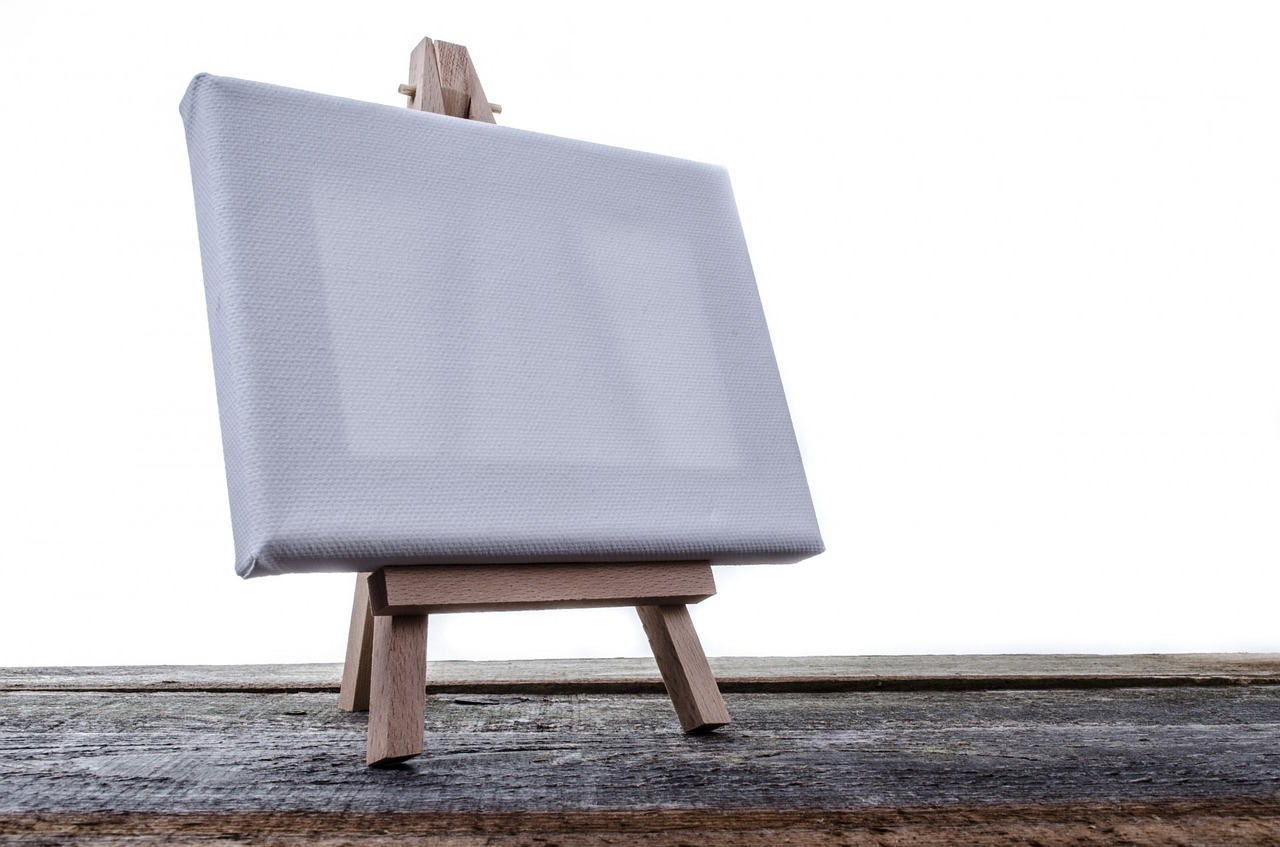
Color Theory Basics
Understanding color theory is like having a secret map that guides you through the vibrant world of art. It’s not just about slapping colors on a canvas; it’s about creating a visual harmony that resonates with the viewer. Let’s dive into the essentials of color theory, shall we?
At its core, color theory revolves around the color wheel, which categorizes colors into three primary types: primary, secondary, and tertiary colors. Primary colors—red, blue, and yellow—are the building blocks of all other colors. When you mix two primary colors, you get secondary colors, like green, orange, and purple. From there, mixing a primary color with a secondary color creates tertiary colors, such as red-orange or blue-green. It’s like a colorful family tree!
Now, let’s talk about color harmony. This concept refers to the way colors work together to create a pleasing effect. There are several schemes to consider:
- Complementary Colors: Colors opposite each other on the color wheel, like blue and orange, create a striking contrast.
- Analogous Colors: Colors next to each other on the wheel, such as blue, blue-green, and green, produce a serene and comfortable design.
- Triadic Colors: A combination of three colors evenly spaced on the wheel, like red, yellow, and blue, offers a vibrant and balanced look.
Another important aspect is color temperature. Colors can be categorized as warm (reds, oranges, yellows) or cool (blues, greens, purples). Warm colors tend to evoke feelings of warmth and energy, while cool colors are more calming and soothing. Think of a sunset versus a tranquil ocean; both are beautiful but convey very different emotions. In your canvas art, consider how the temperature of your chosen colors can impact the overall mood of your piece.
Furthermore, contrast plays a crucial role in making certain elements pop. High contrast, like black and white, draws attention, while low contrast, such as light gray and white, creates a more subtle effect. When you’re designing your canvas art, think about how you can use contrast to highlight key features and create depth.
Lastly, let’s not forget about color mixing. Knowing how to blend colors can open up a world of possibilities. For example, mixing complementary colors can dull their intensity, giving you a more muted tone that can be very effective in creating shadows or highlights. Experimenting with different mixtures can lead to unexpected and beautiful results!
In summary, grasping the basics of color theory can significantly enhance your DIY canvas art. By understanding color relationships, harmony, temperature, and mixing techniques, you’ll be well-equipped to create stunning pieces that not only look fantastic but also convey the emotions you want to express. So grab your paints and let your creativity flow!
Q: What are primary colors and why are they important?
A: Primary colors are red, blue, and yellow. They are important because they cannot be created by mixing other colors, and they serve as the foundation for all other colors.
Q: How can I create harmony in my artwork?
A: You can create harmony by using complementary, analogous, or triadic color schemes. These combinations help your colors work together cohesively.
Q: What is the difference between warm and cool colors?
A: Warm colors (reds, oranges, yellows) evoke energy and warmth, while cool colors (blues, greens, purples) create a calming effect.
Q: How can I add depth to my canvas art?
A: You can add depth by using contrasting colors and varying the intensity of your colors through mixing. High contrast can draw attention, while subtle variations can create a sense of space.
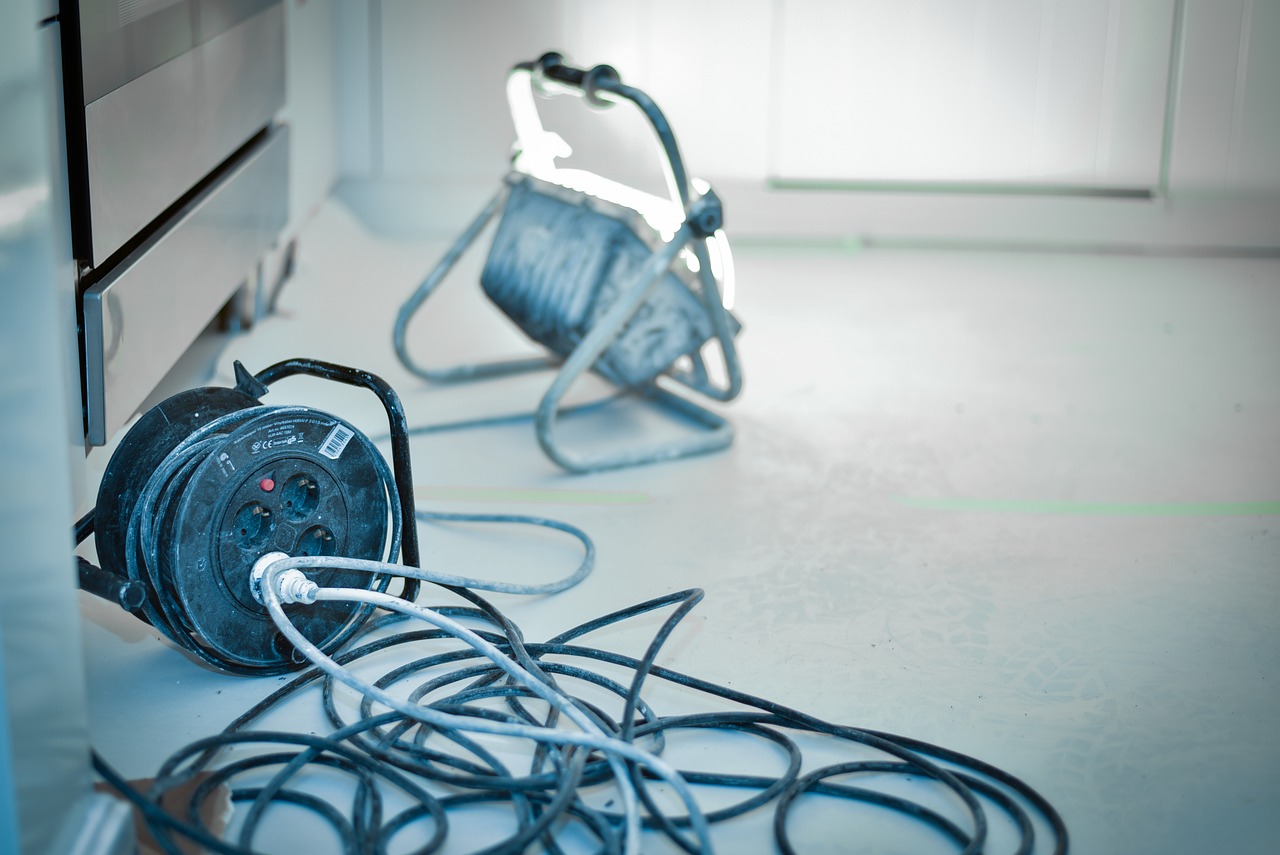
Techniques for Creating Unique Designs
Creating unique designs for your canvas art is where the magic truly happens. It’s like being a chef in a kitchen full of ingredients; the possibilities are endless! You might be wondering, "How can I make my art stand out?" Well, the answer lies in experimentation and embracing various techniques. For instance, stenciling can give your artwork a crisp, professional look, while pouring techniques can create mesmerizing abstract designs that seem to flow right off the canvas. Each method has its own charm and can transform a simple canvas into a breathtaking masterpiece.
Let’s dive deeper into some popular techniques that can help you unleash your creativity:
- Stenciling: This technique involves using a cut-out template to apply paint in specific shapes. It’s perfect for those who want precise designs without the need for advanced painting skills. You can create everything from geometric patterns to intricate motifs. Just imagine a beautiful floral design stenciled in soft pastels—how inviting would that look in your living room?
- Pouring: Acrylic pouring is a technique that allows you to create stunning, fluid art by mixing paints with a pouring medium. The colors blend and swirl together, resulting in unique patterns that are impossible to replicate. It’s like watching a dance of colors unfold right before your eyes! Just be prepared for a bit of mess, as this technique can get a little wild.
- Layering: Layering involves applying multiple coats of paint or different colors on top of each other. This technique can add depth and dimension to your artwork, making it visually intriguing. Think of it as building a sandwich—each layer adds flavor and texture. You can use transparent paints to create a sense of depth or opaque colors for bold statements.
Another exciting method is the use of mixed media. This involves combining various materials, such as paper, fabric, or even natural elements like leaves, into your canvas art. Imagine incorporating a piece of your favorite fabric or a meaningful quote printed on a piece of paper into your artwork. It adds a personal touch that’s hard to beat!
Don’t forget about the power of texture! Incorporating texture into your designs can elevate your artwork from flat to fabulous. You can use tools like palette knives to create thick, impasto effects or sponges to dab on paint for a soft, blended look. Experimenting with these tools can lead to unexpected and delightful results, making your canvas art truly one-of-a-kind.
In summary, the key to creating unique designs lies in exploring different techniques and allowing your creativity to flow. Whether you choose stenciling, pouring, layering, or mixed media, each method offers a new way to express yourself. So grab your canvas, gather your supplies, and let your imagination run wild!
Q: What is the best paint to use for canvas art?
A: Acrylic paint is often recommended for beginners due to its versatility and quick drying time. However, oil paints offer rich colors and blending capabilities, making them ideal for more experienced artists.
Q: How do I choose the right canvas size?
A: The size of your canvas should depend on the space where you plan to display it. Larger canvases make a bold statement, while smaller ones can complement existing decor. Consider the overall balance of your room when selecting a size.
Q: Can I use household items for my canvas art?
A: Absolutely! Items like sponges, old credit cards, or even your fingers can be used to create unique textures and effects in your artwork. Get creative with what you have!

Incorporating Personal Touches
When it comes to creating DIY canvas art, one of the most rewarding aspects is the ability to incorporate personal touches that truly reflect who you are. Think of your canvas as a blank page, waiting for your story to unfold. Whether it’s through colors, shapes, or the objects you choose to include, personalizing your artwork can elevate it from just a decoration to a cherished piece that resonates with your identity.
One fantastic way to add a unique flair to your canvas is by integrating photos. Imagine transforming a simple canvas into a vibrant memory board by printing out your favorite snapshots. You can use decoupage techniques to adhere the photos to the canvas, layering them with paint or other materials to create depth and interest. This method not only beautifies your space but also sparks conversations as guests admire your artistic expression intertwined with personal memories.
Another inspiring idea is to incorporate quotes that motivate or resonate with you. Choose a quote that captures your philosophy or vision, and paint it directly onto the canvas or use stencils for a cleaner look. The font style and color can also express your mood—play around with different designs until you find one that feels just right. This not only makes your artwork more meaningful but also serves as a daily reminder of what inspires you.
Furthermore, consider using materials that hold sentimental value. For instance, you might include pieces of fabric from a favorite shirt or remnants from a family heirloom. These elements can add texture and a story to your artwork, making it even more special. You could also use natural elements like leaves, flowers, or sand, which can be pressed or glued onto the canvas. This not only enhances the visual appeal but also connects your art to nature, creating a serene effect.
Lastly, don’t shy away from experimenting with color schemes that represent your personality. Colors evoke emotions, so think about what hues make you feel happy, calm, or energized. You can create a color palette that reflects your style—whether it’s vibrant and bold or soft and muted. Mixing your favorite shades into your artwork will ensure that it resonates with you on a deeper level.
Incorporating personal touches in your DIY canvas art is all about expressing yourself. It’s your chance to tell your story, showcase your style, and create something that feels like home. So gather your materials, unleash your creativity, and let your canvas become a reflection of your unique journey!
Q1: What types of photos can I use in my canvas art?
A1: You can use family photos, travel snapshots, or even images that inspire you. Just ensure they are printed on quality paper for the best results.
Q2: How do I ensure that my quotes look good on the canvas?
A2: You can use stencils for a clean look or practice your handwriting on scrap paper before painting directly on the canvas. Choosing the right font style and color is crucial!
Q3: Can I use materials other than paint for my canvas art?
A3: Absolutely! You can incorporate fabrics, natural elements, or even mixed media like paper or beads to add texture and interest to your artwork.
Q4: What should I do if I make a mistake while painting?
A4: Don’t panic! Mistakes can often lead to creative solutions. You can paint over them, incorporate them into your design, or use them as an opportunity to try something new.
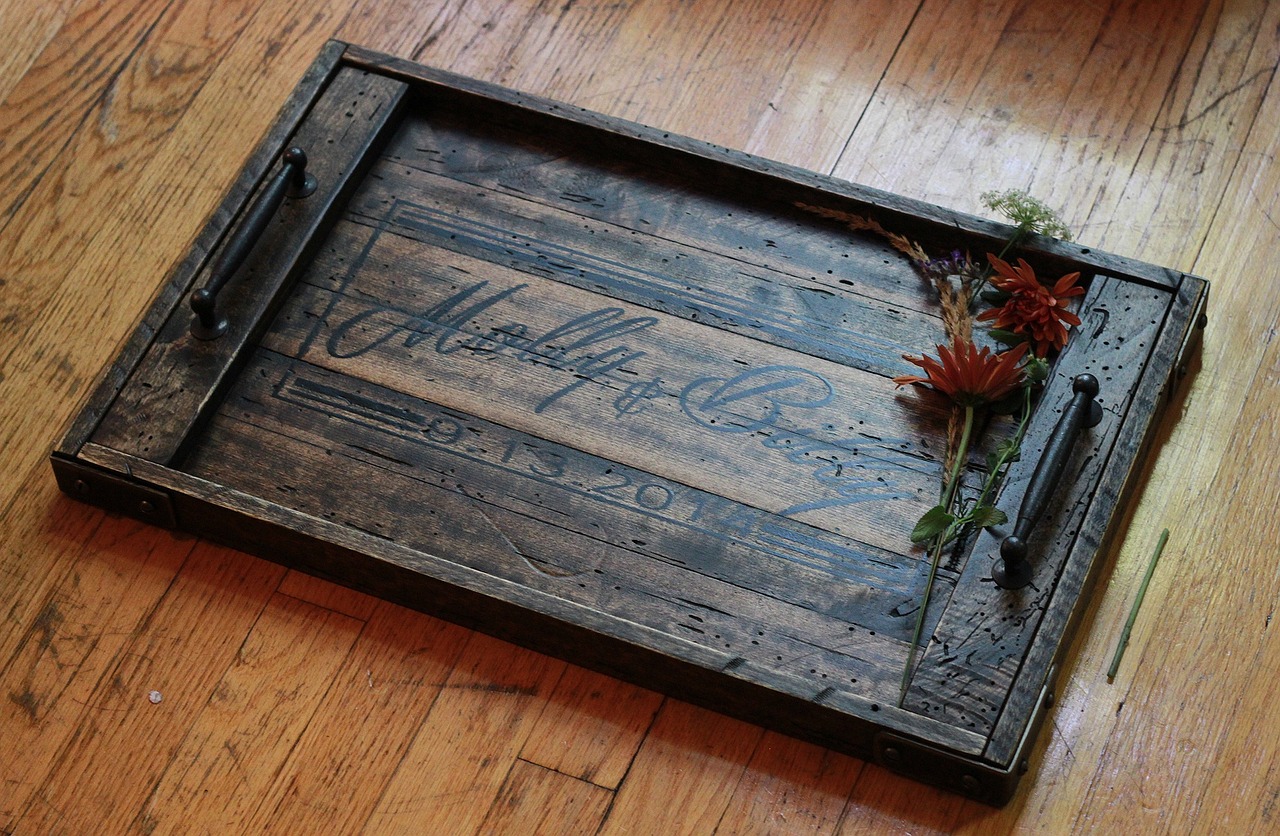
Finishing Touches and Framing
Once you've poured your heart and soul into creating your canvas art, it's time for the finishing touches that will elevate your masterpiece to a whole new level. Think of this stage as the icing on the cake—it’s what makes everything pop! The first step in this process is applying a varnish to protect your artwork. Varnish not only adds a beautiful sheen but also safeguards your painting from dust, UV rays, and moisture. You can choose between a matte, satin, or glossy finish depending on your desired look.
Next, consider how you want to frame your artwork. Framing can dramatically alter the perception of your piece, so it’s essential to choose a frame that complements your art rather than distracts from it. Here are a few things to keep in mind:
- Style: Match the frame style with the theme of your artwork. A modern piece may look great in a sleek, minimalistic frame, while a rustic painting could benefit from a more ornate, vintage frame.
- Color: The frame color should either contrast or harmonize with the colors in your painting. A well-chosen frame can pull the colors together and create a cohesive look.
- Size: Ensure the frame is appropriately sized to your canvas. A frame that’s too large can overwhelm the art, while one that’s too small might make it feel cramped.
Once you’ve selected your frame, it’s time to hang your artwork. This is where you can really let your personality shine! Consider creating a gallery wall with multiple pieces for a dynamic display. When hanging your art, remember to place it at eye level, which is typically around 57 to 60 inches from the floor. This height allows for optimal viewing and appreciation of your work.
Finally, don’t forget about the lighting! Proper lighting can highlight the details of your canvas art and create a warm atmosphere in your home. You might consider using spotlights or wall sconces to draw attention to your masterpiece. So, take a step back, admire your work, and make those final adjustments to ensure your canvas art truly stands out!
Here are some common questions about finishing touches and framing your DIY canvas art:
- What type of varnish should I use? It depends on your preference! Glossy varnish offers a shiny finish, while matte varnish gives a more subdued look. Satin is a middle ground.
- How do I choose the right frame for my artwork? Consider the style, color, and size of both your artwork and the frame. They should complement each other beautifully!
- Can I hang my canvas art without a frame? Absolutely! Many artists choose to leave their canvas unframed for a modern look, especially if the edges are painted.
Frequently Asked Questions
- What type of canvas should I choose for my DIY art project?
Choosing the right canvas depends on your artistic vision and the space where you plan to display your artwork. For beginners, a pre-stretched canvas is a great option as it’s ready to paint on. If you’re feeling adventurous, consider canvas boards or even raw canvas that you can stretch yourself!
- What essential supplies do I need to start creating canvas art?
To kick off your DIY canvas art, you’ll need a few basic supplies: canvases, paints (acrylics are popular for beginners), brushes of various sizes, a palette for mixing colors, and water for cleaning your brushes. Don’t forget to grab some paper towels and a drop cloth to protect your workspace!
- How do I choose the right paint type for my artwork?
The type of paint you choose can make a big difference in your final piece. Acrylic paints are versatile and dry quickly, making them ideal for beginners. Oil paints offer rich colors and a longer drying time, allowing for more blending. Watercolors are great for a softer look but require special techniques to work well on canvas.
- What techniques can I use to create unique designs on my canvas?
There are countless techniques to explore! You can try stenciling for sharp designs, pouring for an abstract look, or layering different colors for depth. Don’t be afraid to experiment—sometimes the best results come from a bit of trial and error!
- How can I incorporate personal touches into my canvas art?
Adding personal elements can truly make your artwork one-of-a-kind. Consider incorporating photos, meaningful quotes, or even small mementos that reflect your personality. These touches can create a deeper connection to your art and make it more special.
- What are the best ways to finish and frame my canvas art?
Finishing touches can elevate your artwork significantly. Applying a varnish can protect your painting and enhance its colors. When it comes to framing, choose a style that complements your art—whether it’s a simple frame or something more ornate, make sure it fits the vibe of your piece and your home decor!



















